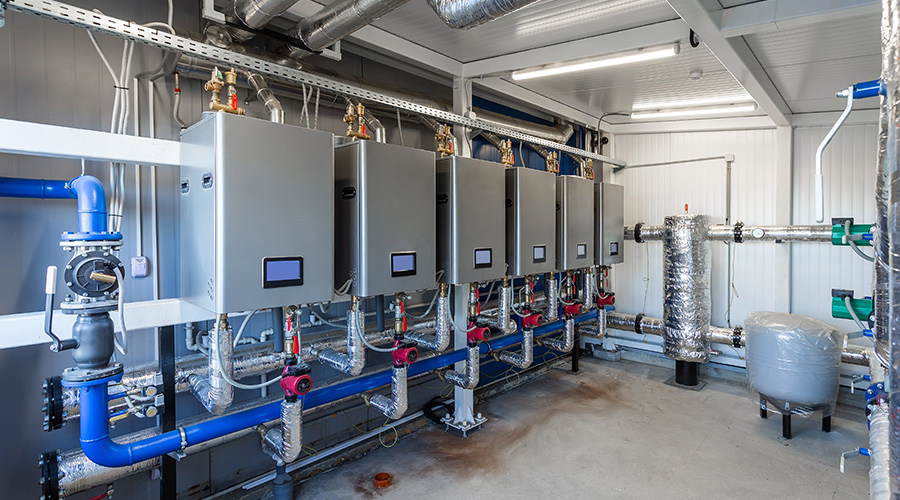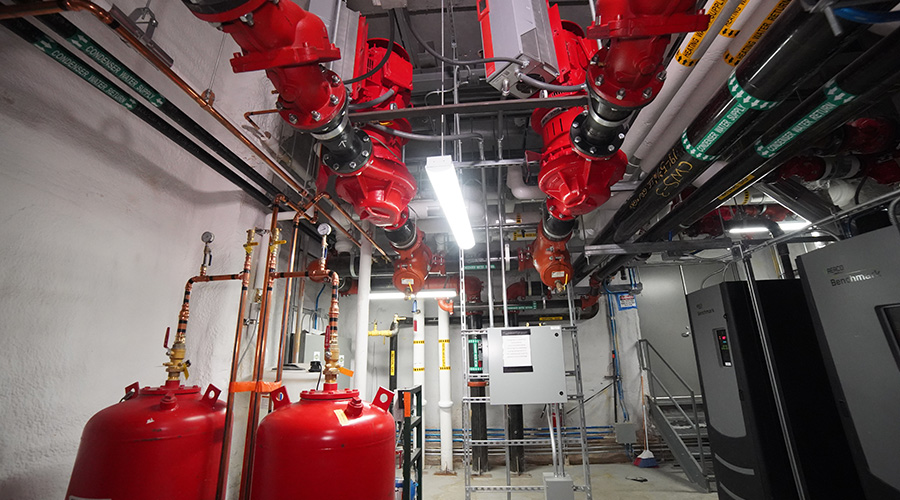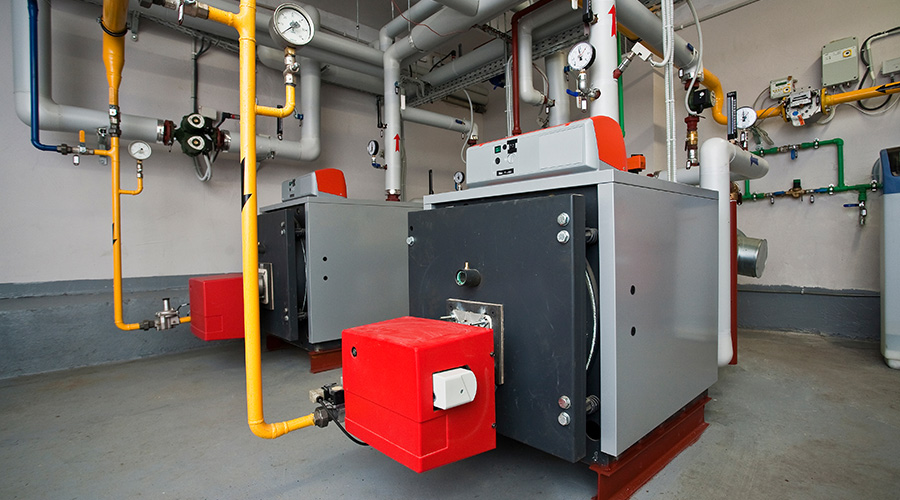Trending Electrical HVAC Power Consumption
As computing power has increased, so has the density of the power and the associated heat gain related to the equipment. Server racks that once were nearly empty now are filled, and they put a great deal of strain on facilities' cooling system.
Trending electrical power consumption can help technicians anticipate when it is time to add cooling to a space. Often, the backup cooling unit becomes the added capacity, and technicians add temporary cooling to ensure redundant cooling until the installation of a permanent solution.
This situation commonly manifests itself when the base building HVAC system is used to cool a space that has been dedicated to hosting data equipment. This space at one time might have been a small data room, but with the growth of technology has become a larger server and data-storage farm.
Consequently, mechanical systems struggle to keep up and maintain 24x7 operations. As a result, managers might arrange for the installation of a temporary, portable air conditioning that will reject heat generated by the servers into the building's return air plenum until they can design and implement a more permanent solution.
When managers can integrate server expansion with increased cooling capacity, the ideal solution is in-rack or above-rack cooling. In-rack systems use a hot-aisle/cold-aisle strategy, where cool air is introduced to the front side of the servers, and server fans reject heat to the rear, where it is then cooled by the in-rack system.
These systems can reduce cooling demands by up to 60 percent by using a greater air-temperature differential than a traditional mixed cooling solution. Managers can specify these systems with or without raised access floors.
Cooling media might involve refrigerant or chilled water. While refrigerant can be routed overhead, chilled water is best served from below a raised floor. Each option requires careful planning and consideration to achieve efficiently and cost-effectively.
Related Topics:















